Morning Eye Candy: Don’t Mind Us
Posted in Photography on July 19 2011, by Ann Rafalko
We’re just overachievers.
Photo by Ivo M. Vermeulen

Inside The New York Botanical Garden
Posted in Photography on July 19 2011, by Ann Rafalko
We’re just overachievers.
Photo by Ivo M. Vermeulen
Posted in Bill Buck, From the Field, Science on July 18 2011, by William R. Buck
Ed. note: The blogging bryologist, Mary Flagler Cary Curator of Botany, Bill Buck, is back! This time, Buck is reporting from Tasmania where he is researching mosses for a week before flying to Melbourne for the International Botanical Congress.
July 13, 2011; Weldborough, Tasmania, Australia
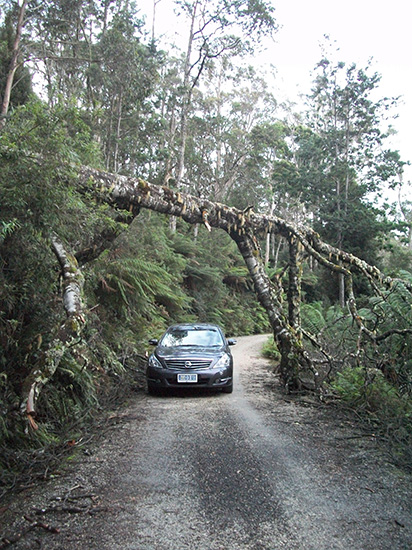
Today was mainly a travel day. Before leaving Hobart we ran by Paddy’s office to spread our still-wet specimens on his floor to dry while we are in the field. We headed north out of Hobart toward St. Helens. This town reminds me of some of the small coastal towns in Florida where I grew up, with touristy stores and lots of retirees. We lunched here and then turned inland to our collecting site of the day, the Blue Tier Forest Reserve.
We were a bit dismayed when we arrived at the road into the reserve only to find a “Road Closed” sign at the entrance. However, the road wasn’t blocked so we decided to chance it, which ended up being not nearly as bad a decision as it could have been; it seemed as if a road crew had preceded us! Many of the trees that appeared to have fallen across the road had already been cleared, and the one tree we found that was still over the road had amazingly fallen so that the large branches held the trunk off the ground and formed a kind of tree overpass.

Once under the tree, the road got narrower and began showing signs of erosion from previous heavy rains, but it was passable with only a minimal bottoming out of our rental car, though we did seem to be dragging branches under the car almost constantly. When the landscape leveled out, at about 700 meters, we came to a car park for the reserve. The air was decidedly cooler and the area around the parking lot was open, presumably kept so by grazing wallabies, based on the large number of droppings. There were several trail options for leaving the parking lot, and I just couldn’t resist the Goblin Forest Walk.
Posted in Around the Garden, What's Beautiful Now on July 18 2011, by Ann Rafalko
The Waterlily & Lotuses Pool in the courtyard of the Enid A. Haupt Conservatory is a magical place. Summer breezes ripple the surface, playing with the glittering reflection of the Conservatory; koi stick their heads clear out of the water, as if begging for a scratch under the chin; and kaleidoscopic waterlilies and lotuses stir gently, like drowsy dancers at the end of an evening of waltzing. The colors and lingering aromas of these exotic flowers create a enchanted atmosphere, perfect for afternoon daydreaming.
Posted in Photography on July 17 2011, by Ann Rafalko
Celebrating the explosion of color that is the summer garden, one hue at a time.
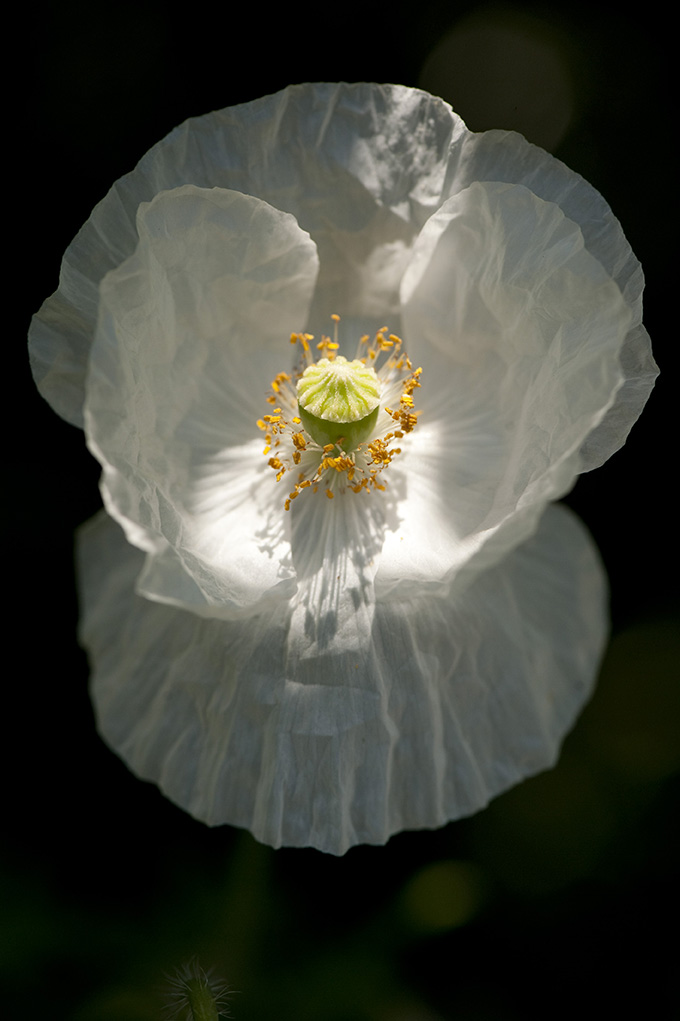


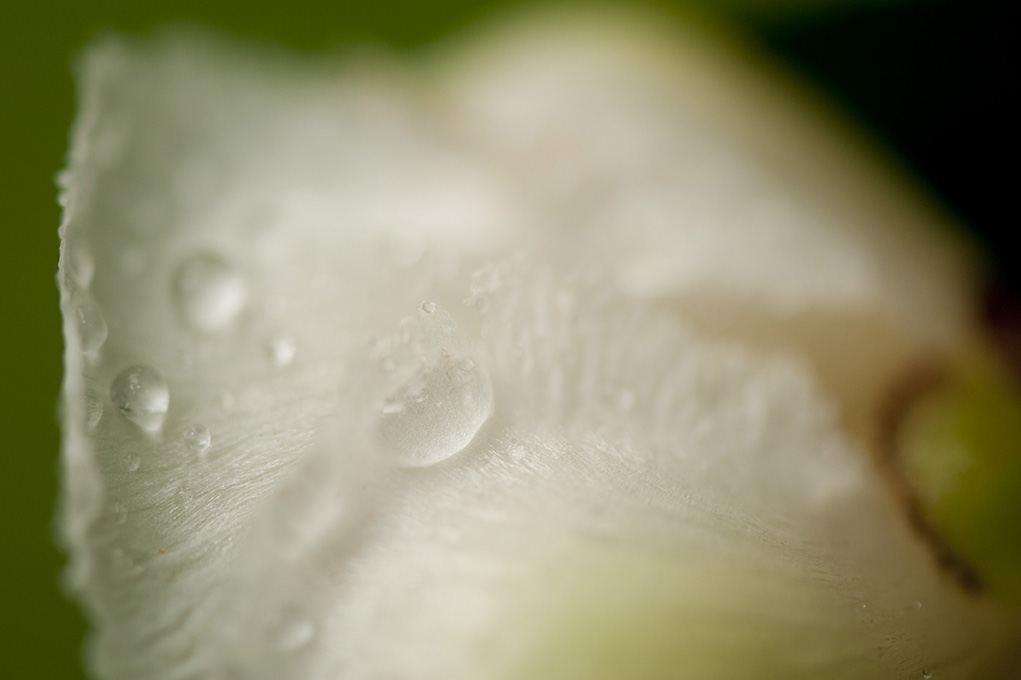
Photos by Ivo M. Vermeulen
Posted in Photography on July 16 2011, by Ann Rafalko
Celebrating the explosion of color that is the summer garden, one hue at a time.
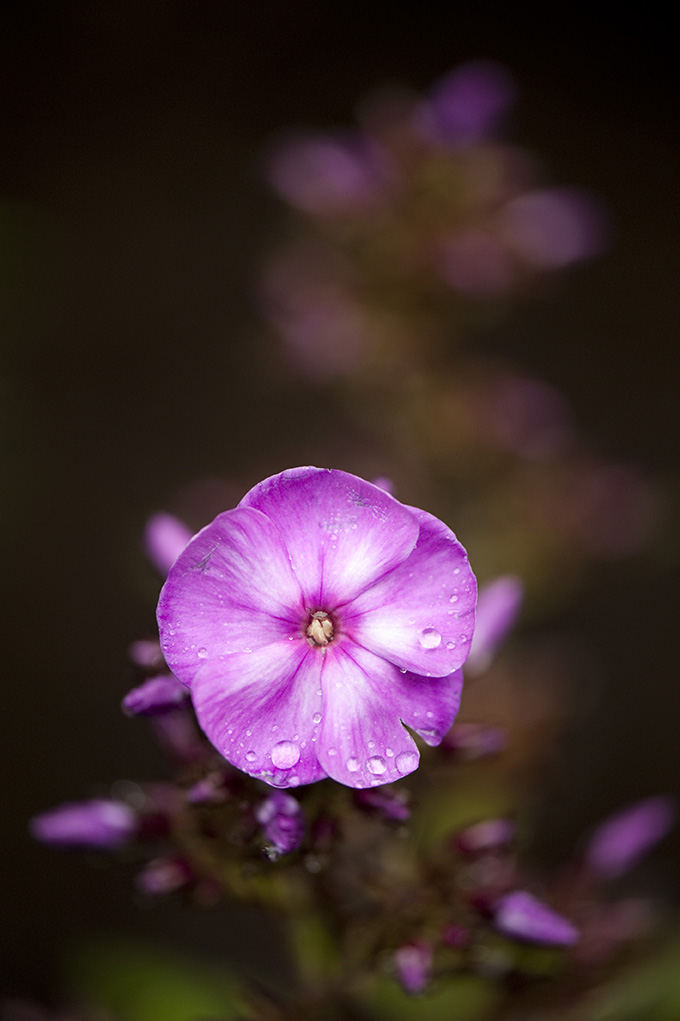
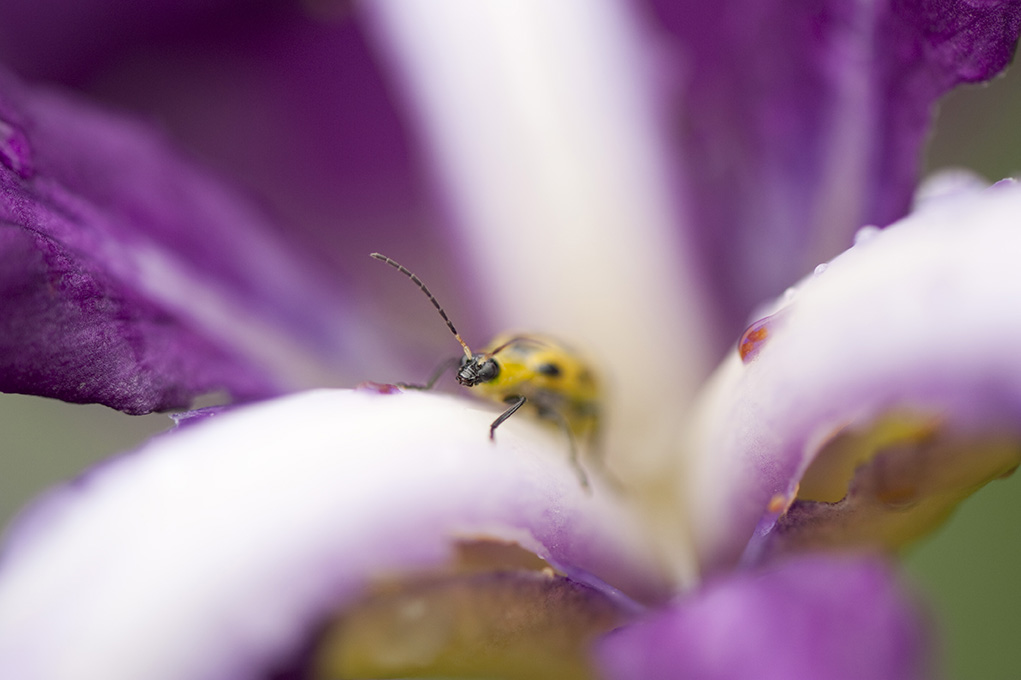
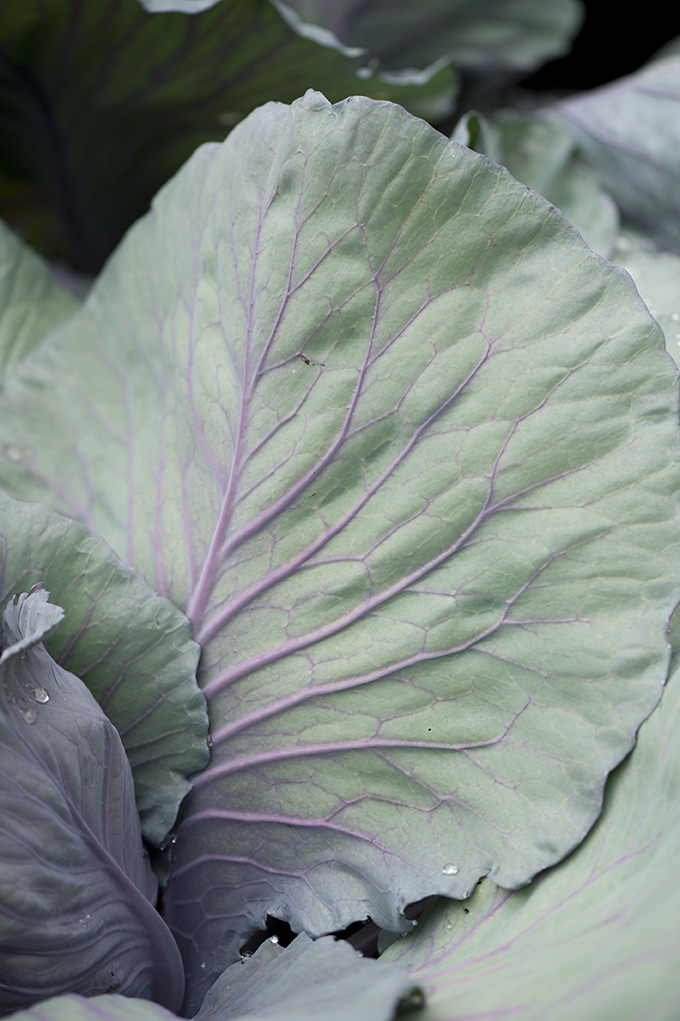

Photos by Ivo M. Vermeulen
Posted in Behind the Scenes on July 15 2011, by Ann Rafalko
Hello from Leah and Francesca! We are high school students interning for the summer here at The New York Botanical Garden. We are working on research projects for science competitions like the Intel Science Talent Search (Another NYBG high school intern’s project made it into the finals of this prestigious competition this year!). We will both be seniors in September, Leah Buchman at South Side High School in Rockville Center, and Francesca Giordano at Yorktown High School. This summer we are both working on an expansion of projects that we began in the summer of 2010.
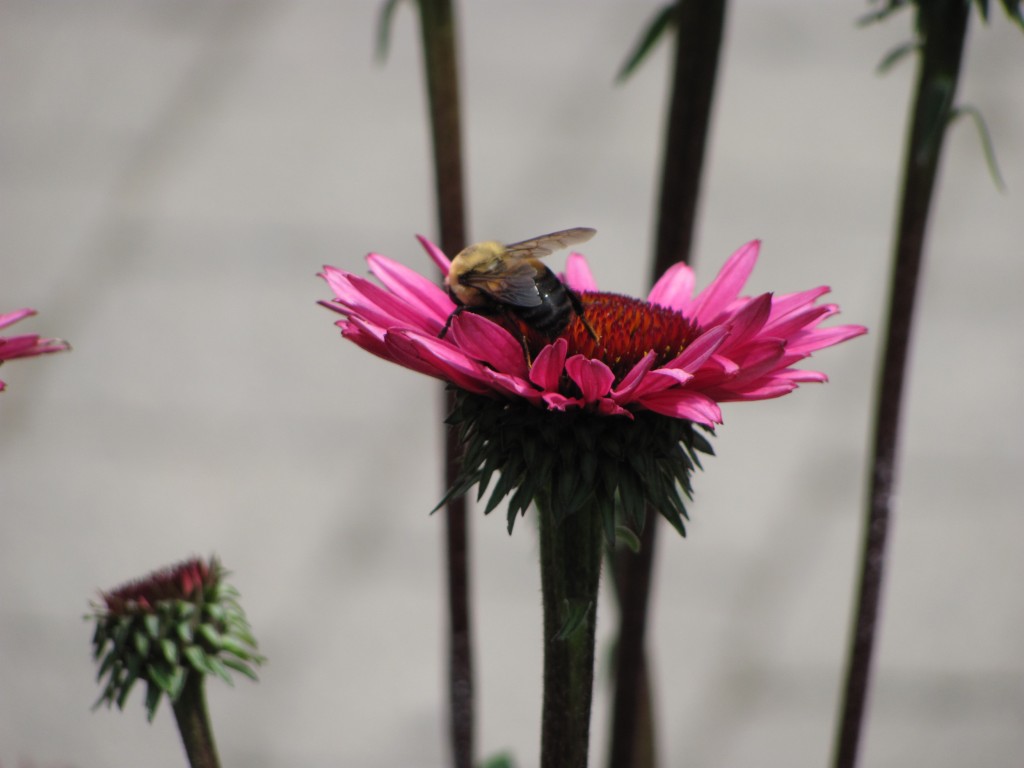
Leah’s Project
Last summer, I did a study on the diversity of bees within different areas of the Garden. I caught bees in 10 areas of the Garden and learned to identify the bees with help from Dr. John Ascher at the American Museum of Natural History. Using four different indices of diversity–evenness, abundance, richness, and Shannon-Weaver diversity–I was able to conclude that there is a higher diversity of bees in areas that have a greater diversity of flowers.
The specific area of the Garden that has the highest diversity is the Seasonal Walk. This summer I am looking at the gender of bees to see if there is any correlation to the flowers visited. For example I am hoping to answer questions like: Do male bees go to certain flowers while females go to others? Feel free to come stop by and say “Hi!” I will be the girl with the net and bright colored bowls in the Perennial Garden, Ladies Border, Seasonal Walk, and Home Gardening Center this summer.
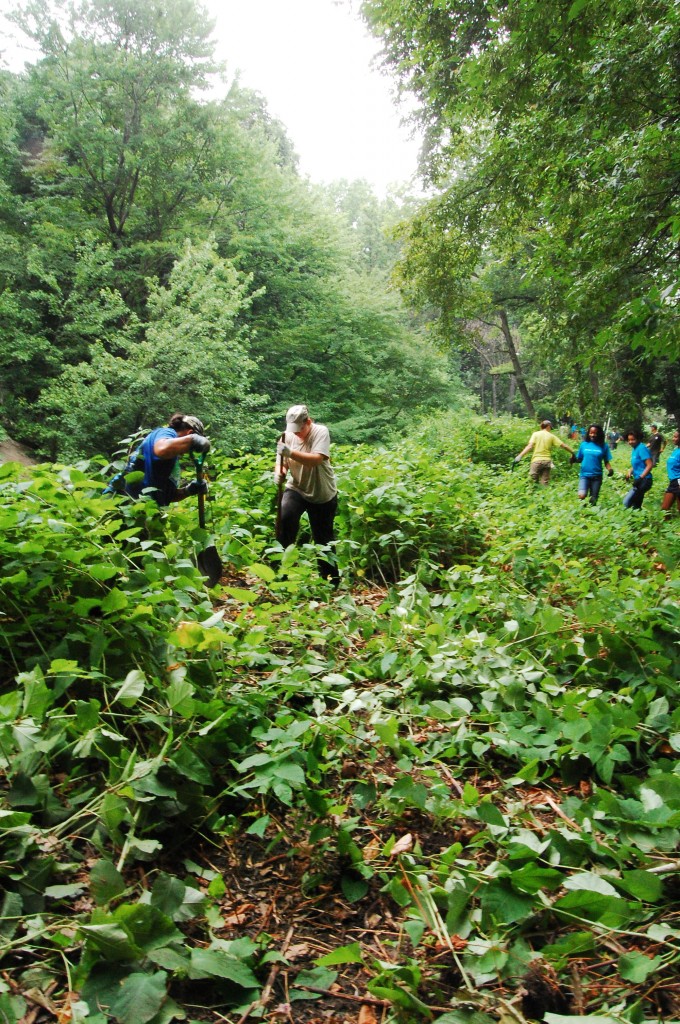
Francesca’s Project
My research is a study on management of the invasive plant, Japanese Knotweed. Now you’re probably thinking: What is an invasive plant? Little did you know, but plants can be pretty vicious, especially Japanese Knotweed. It is a non-native plant that grows rapidly and blocks sunlight from reaching desired plants. Japanese Knotweed is also known for having an underground stem called a rhizome. This rhizome contains the stores of energy that the plant uses for growing, plus additional reserves. The rhizomes contain enough energy to allow one plant to sprout over 250 shouts just from a single underground stem! Our goal is to increase the diversity of the native plants along the Bronx River by using best management practices to control the Japanese Knotweed.
What we found so far is that two treatments–cutting and grubbing the Japanese Knotweed–are equally effective. In phase two, which is the project I am working on this summer, we will be repeating the same treatments from last year in the hope that they will further weaken the persistent Japanese Knotweed and increase native plant diversity. These plots are located long the Bronx River bank just south of Magnolia Way Bridge. Come check it out and see for yourself! I am also being assisted in my field work by the Explainers and the School of Professional Horticulture, and by volunteers including groups from American Express, Goldman Sachs, and Christodora.
We hope to see everyone here this summer!
Posted in Photography on July 15 2011, by Ann Rafalko
Celebrating the explosion of color that is the summer garden, one hue at a time.
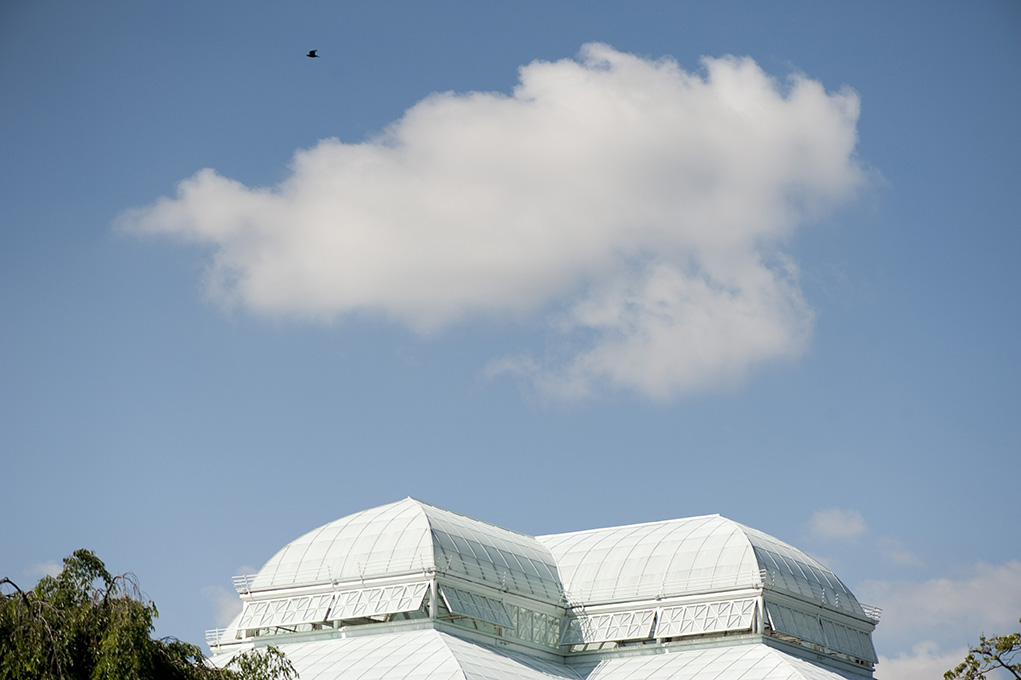


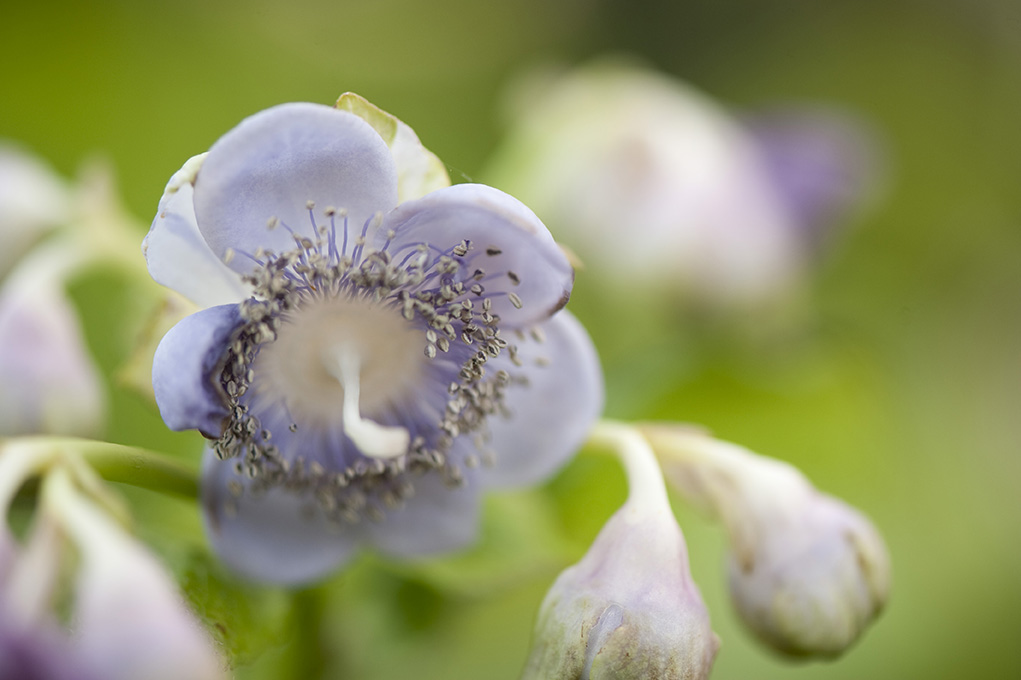
Photos by Ivo M. Vermeulen
Posted in Gardening Tips on July 14 2011, by Sonia Uyterhoeven
 |
Sonia Uyterhoeven is Gardener for Public Education. |
Now that you have the perfect container for your summer container garden, it’s time to think about what to put inside it.
Snapdragons (Antirrhinum) are a terrific addition to an early season annual display but unfortunately once the heat of summer is upon us they tend to fade quite quickly. An easy solution to recapture the look of elegant vertical spires covered with blossoms is to swap them out with summer snapdragons (Angelonia).
This year in the Home Gardening Center our first Trial Bed is full of a number of varieties of summer snapdragons. There are two cultivars in this bed that I am unfamiliar with and am excited to watch them grow.
One is the cascading Angelonia ‘Carita™ Cascade Raspberry’. It reaches only 8-10 inches tall, yet spills over to form a 20 inch cascading mound. It doesn’t require any deadheading and like other summer snapdragons it is deer resistant and heat and drought tolerant. This is a candidate that would be ideal spilling over the edge of a container or at the front of a border. It would partner beautifully with a dark-leaved coral bell (Heuchera).
The other cultivar is called Angelonia ‘Serena™ Lavender Pink’. She gets 10 to 12 inches tall and just as wide. ‘Serena™ Lavender Pink’ has already filled out beautifully in the garden and formed a nice clump. The lavender pink color of the blossom will blend with just about anything. This cheerful annual looks genteel with the silvery foliage of trailing licorice plant (Helichrysum petiolare) and white fan flower (Scaevola ‘Bombay White’).
Other summer snapdragons in the Trial Bed are from the AngelFace® and AngelMist™ series. These summer snapdragons tend to be 18-24 inches tall and fill out beautifully during the course of the summer to form a substantial plant. The other year I accidentally paired the bicolored (purple and white) ‘AngelFace® Wedgewood Blue’ with an apricot nasturtium (Tropaeolum ‘Tip Top Apricot’) for a beautiful display.
While these summer snapdragons are advertised as requiring no deadheading, they do benefit from occasional deadheading which cleans them up and encourages more new growth. They will grow and flower profusely regardless. While they can handle drought they also grow well in average garden soil. This is an easy, no fuss annual that performs consistently all season long.
See a slideshow of the Home Gardening Center’s Angelonia below!
[Not a valid template]
Posted in Around the Garden, Mario Batali's Edible Garden on July 14 2011, by Anthony Sasso
Mario Batali’s Edible Garden in the Ruth Rea Howell Family Garden features the celebrity chef’s favorite ingredients. In Batali’s Berry Patch; the Otto Pizza Garden; and the Babbo Beets, Beans, Garlic, and Greens Garden, kids and families can learn all about the benefits of vegetable gardening and using fresh produce in daily meals. We asked the chefs at Mario Batali’s restaurants to give us some insight into how they love using the ingredients being grown at the Garden. First up, Anthony Sasso Chef de Cuisine at Casa Mono tells us how he likes to use strawberries (as featured in Batali’s Berry Patch), and Chiogga beets (as featured in the Babbo Beets, Beans Garlic and Greens Garden) in a simple summer salad.
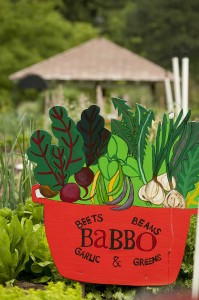 In New York, we get pretty excited about the first culinary signs of the season. Winter, spring, summer, and fall are pretty well defined in the Northeast. So as soon as a fruit or vegetable makes its debut at the local farmers market, chefs are instantly motivated to come up with new ideas and get their hands on what’s in season before anyone else. In the spring, after long cold months of winter squash and mushrooms and potatoes (brown, brown, and brown), that means we get to look forward to ramps, asparagus, snap peas, and anything else green!
In New York, we get pretty excited about the first culinary signs of the season. Winter, spring, summer, and fall are pretty well defined in the Northeast. So as soon as a fruit or vegetable makes its debut at the local farmers market, chefs are instantly motivated to come up with new ideas and get their hands on what’s in season before anyone else. In the spring, after long cold months of winter squash and mushrooms and potatoes (brown, brown, and brown), that means we get to look forward to ramps, asparagus, snap peas, and anything else green!
Similarly, there are a few things that offer hints that summer has arrived (besides ice cream trucks on every corner), like strawberries. Strawberries have a way of popping up (especially the wild ones) after the first few consecutive days of really warm weather. In New York, that means towards the middle or end of June. And I think I speak for most chefs when I say that we have a hard time coming up with unique ways to use them creatively in savory dishes. Strawberries are sweet and tart, beautiful to look at, juicy, and small enough to use whole, yet they are usually given to the pastry kitchen to be used as a topping for sundaes, as a condiment to shortcake, or cooked down with sugar until they become jammy for cheesecake. I have used them before by pureeing the fruit into a sauce to dress poultry, or simply mixing them with balsamic and sherry vinegar as an accompaniment to our house-made charcuterie.
This year though, we wanted to leave them uncooked and intact, so I started to play around with raw strawberries. I sprinkled them with just a touch of sugar (this lets the berries sweat out their juicy interior) and lemon juice and paired them with our baby beet salad, in which we use Chioggia beets as the main ingredient. This heirloom beet variety has that same great earthy taste as red beets, but tend to be a little bit sweeter and are quite a sight to behold when peeled and cut in half. Inside they have a colorful swirl pattern that best resembles a trippy Grateful Dead bumper sticker (sorry, I’m from Woodstock). Their greens are really delicate and can be cooked down as a nice side dish. The stems are crunchy and make a great snack, or a surprise addition to a crudité platter. They’re easily one of our favorite vegetables at Casa Mono because of how versatile they are. I suppose beets embody the “nose to tail” ethos of the garden, meaning you can use every part in the kitchen.
So when you taste the two together, the match is pretty surprising. The beets are firm and rich and the juicy strawberries lend great sweetness. We pair them with a thickened Greek-style yogurt spiced up with Shiso (Perilla) leaves and garnish it all with summer squash blossoms and basil leaves. A trip to the garden can turn into the perfect summer lunch.
Posted in Photography on July 14 2011, by Ann Rafalko
Celebrating the explosion of color that is the summer garden, one hue at a time.
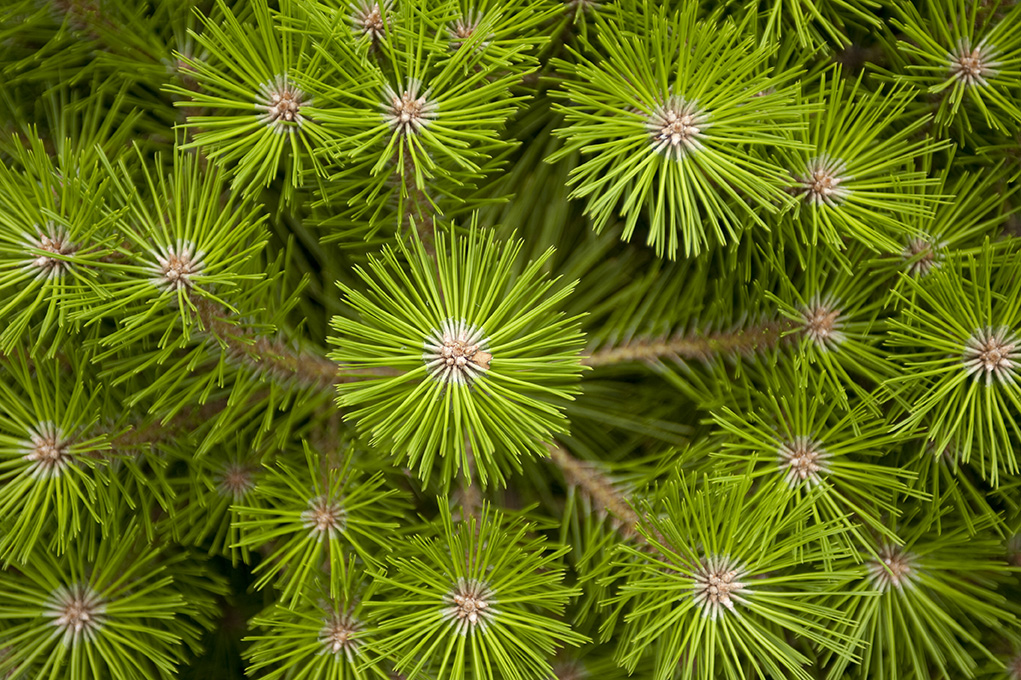
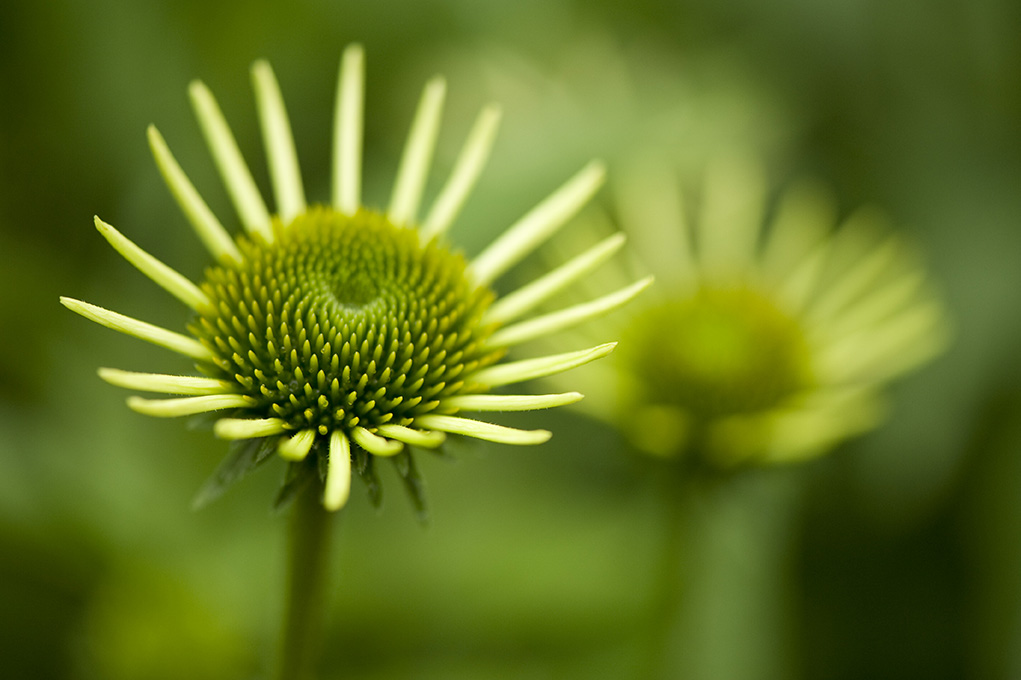
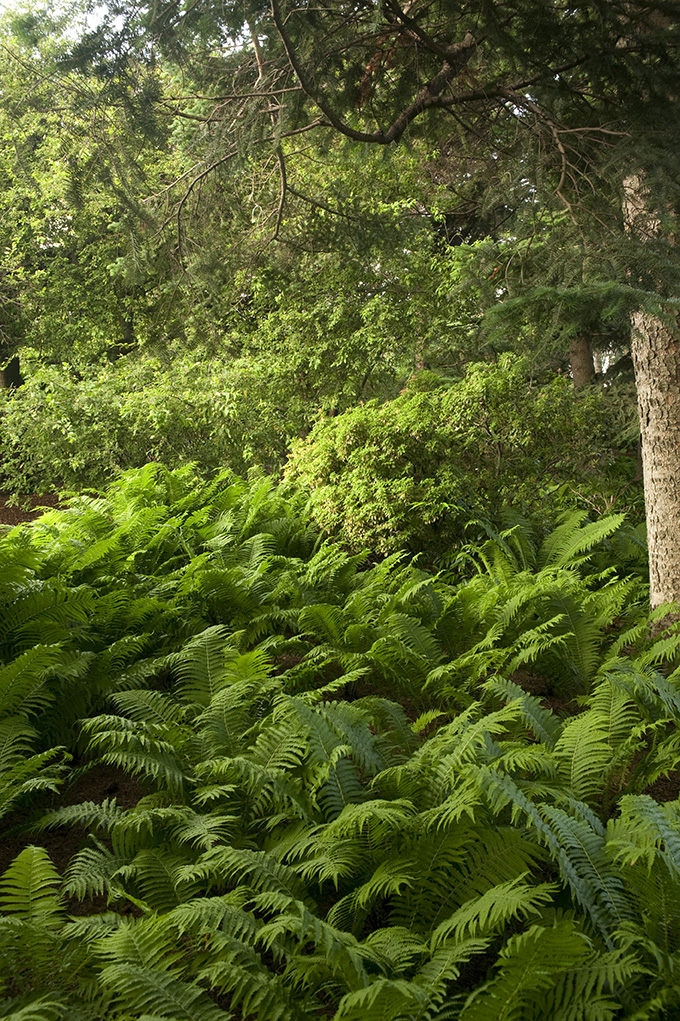
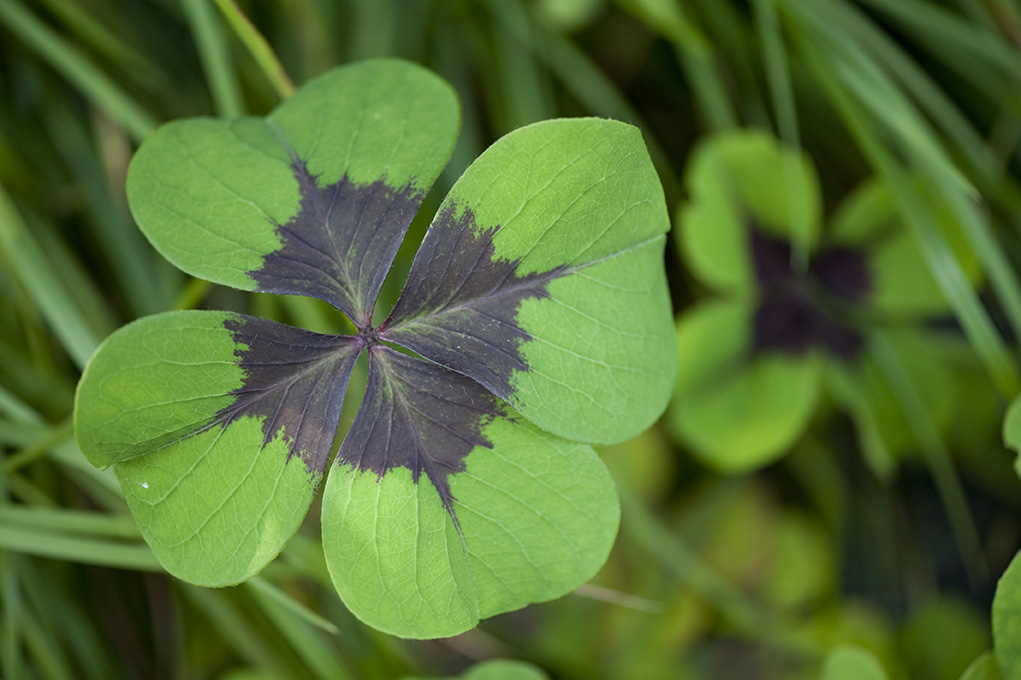
Photos by Ivo M. Vermeulen